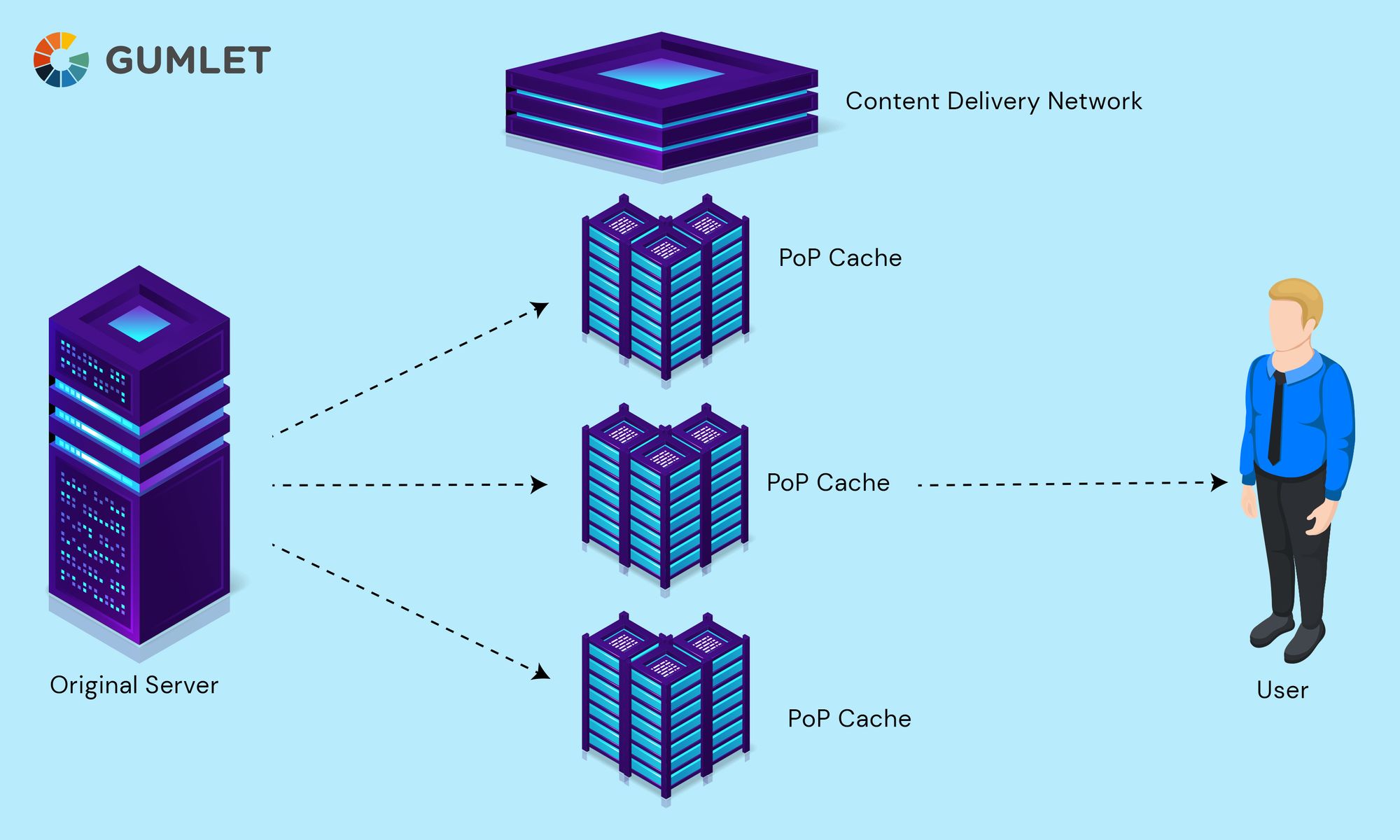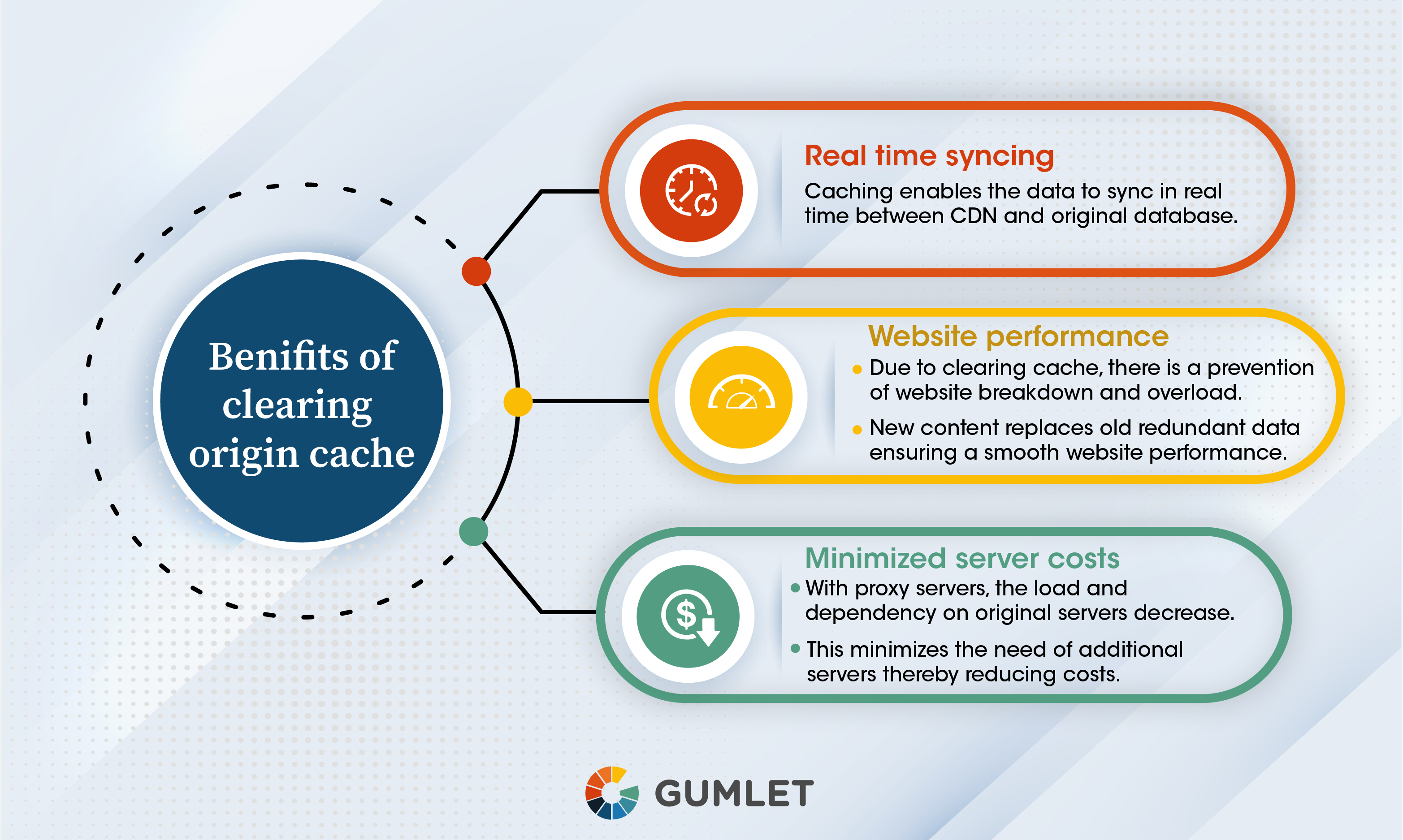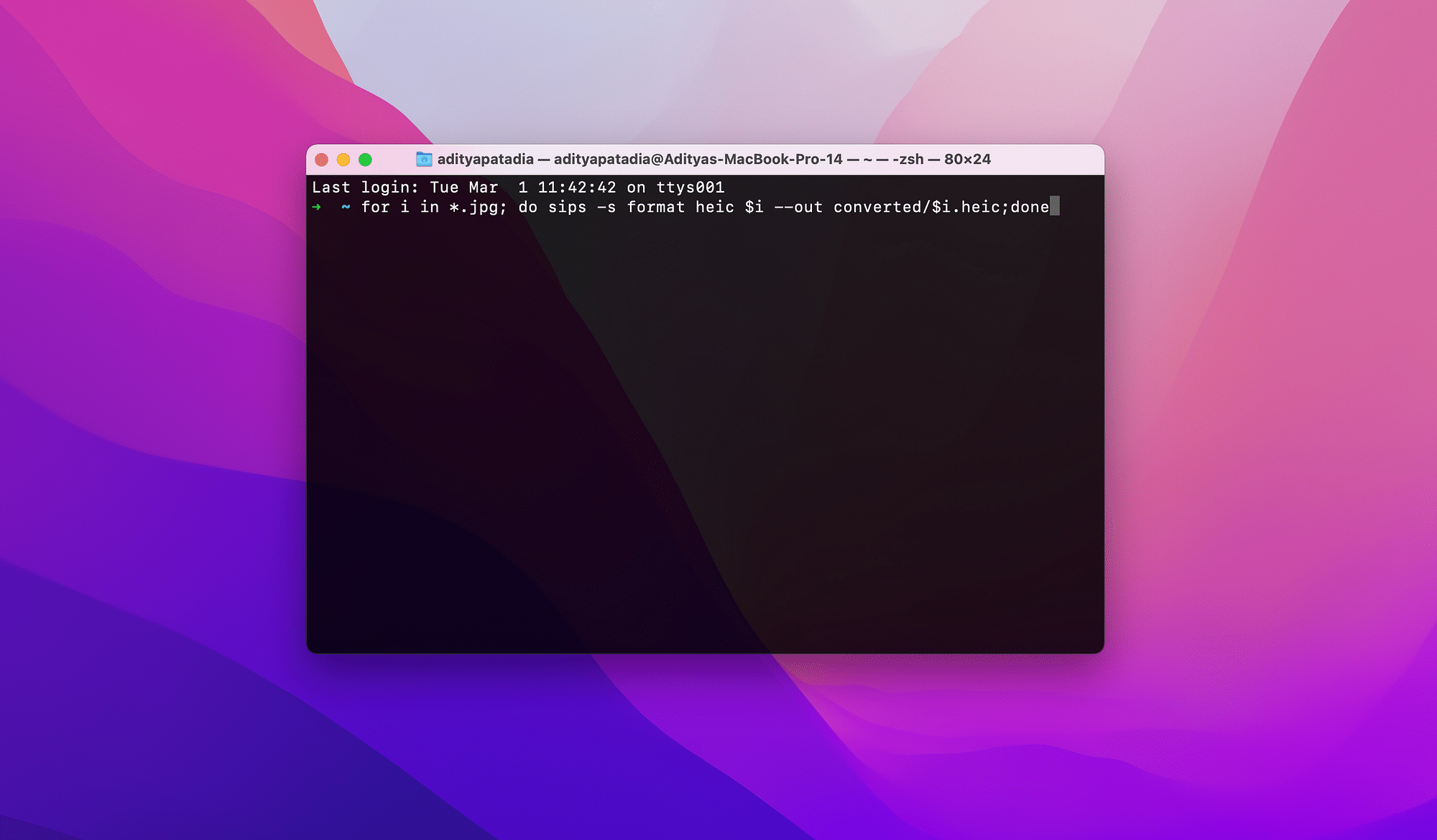There are times when your website becomes unresponsive, slows down, or needs a complete overhaul. In such cases, thorough knowledge about CDN cache can save your data as well as profits.
You must be thinking - the above line is sort of an overstatement. However, it is not. Once you know the reasons, tools, and technicalities on origin clear cache, the significance of this process will be justified.
With a CAGR of over 14%, the content delivery network is spreading and becoming a formidable market. Likewise, with an increasing server load, a simple tweak to clear the origin cache will save present and future online businesses.
This blog aims at providing practical insights about CDN caching when you need to clear origin cache and the major benefits of this process.
What Is CDN Caching?
To understand the concept of CDN caching, it is important to know each term. Let’s take a look at the meaning of caching.
Caching is a process of storing files or data in a temporary location known as a cache. This data lets users access the file more quickly. These files can be a webpage, images, documents, etc.
The use of caching processes by different modules produces distinct results. For instance, your smartphone or laptop has a web browser. The browser caches, i.e., temporarily store HTML, images, or JavaScript data to load websites faster.
On the other hand, CDN cache reduces the latency.
CDN or content delivery network delivers data to the end-user through proxy servers and respective data centers. This network uses many methods for content delivery like:
- Active web caches
- Global hardware load balancers
- Manual asset copying
What Happens In CDN Caching?
CDN caching is the process in which a CDN caches content like:
- Images
- Videos
- Webpages
- Files
This content exists in a proxy server closer to the end-user. The copy of this content is stored in the proxy server for probable user requests.
In simple words, if a user is sitting in Africa and the origin server is in New Zealand, the CDN cache will store the data in a proxy server closer to or in Africa.
What Are The Different Kinds Of Cache?
There is plenty of discussion in the tech world on the best ways to clear origin cache. However, if you are new to this concept, it’s vital to understand the different cache types.
Origin Cache
This cache is associated with the original files or images uploaded by a user on the website. It has an average eviction time of 90 days.
The eviction time can, however, vary as per the number and frequency of user requests. It is vital to clear cache for origin files during modification of a website.
Processed Cache
A processed cache refers to the edited images or files requested by the user. This type of cache responds to all the HTTP cache headers.
However, CDNs evict around 10% of every processed cache due to infrequent access. This causes delayed response time to the users.
CDN Cache
The content delivery network cache uses geographical locations to store relevant content. This technology uses proxy servers to store every type of data irrespective of origin and processing.
Some prominent CDN providers like Amazon CloudFront, Cloudflare, GoDaddy, Kinsta CDN, and MaxCDN have their function to clear the CDN cache.
Cache Purging
Purging is the process when you aim to remove caching resources without waiting for the expiry of the regular CDN cache period.
This process to purge cache is vital for dynamic websites like sports and news. These sites have regular information like articles, blogs, pictures, and videos uploaded every hour. In such cases, the CDN needs to get an updated copy of the content.
On the contrary, websites containing academic info don’t need frequent removal of content. In such cases, you don’t need to clear origin cache or use purging.
Learn how Gumlets cache infrastructure works.
When Should You Clear Origin Cache?
After all the basics of cache and CDN, it’s time to understand when developers or website owners should clear the origin cache.
Having a global presence through the internet is a great advantage of CDNs. You can reach customers in distant locations and deliver the cached version of your website content.
However, there are times when you need to clear the cache that helps your website run smoothly. Here are the main reasons.

Making Modifications On Your Site
We all understand the importance of tweaking our websites from time to time. It may be a new product, a new launch, or a buggy interface. Chances are, you need to modify specific aspects of your website.
In such cases, you cannot afford to wait for the caching period to expire. If you do so, the servers will send old content to the users.
Once you clear origin cache, new content replaces the older version. This happens due to the existence of new data in the origin server. Hence, new content gets cached in the proxy servers.
Example:- An e-commerce platform needs to modify the content during festive sales, discounts, and new product launches. Here, clearing the origin cache proves vital. By clearing the origin cache, products from new brands can update at the earliest. Hence, the end-users will get new and vital information. So, what you see on your screens is a result of lots of back-end processes. Hence, e-commerce sites need to be on their feet in making timely modifications.
Fixing Minor Issues Affecting Website Load Time
If you test websites regularly, you can keep track of the performance requirements or improvements. Since website loading time is paramount in today’s age, the cache is becoming an integral asset.
The value of CDN to decrease loading time is no surprise. Hence, consider clearing the origin cache if you are conducting an overhaul of the minor issues causing speed lag.
Due to this process, you can fix all the existing issues and send optimized content to the original servers. Now, the CDN cache will store this content boosting your website loading time.
Deleting Some Existing Content
Let’s consider you deleted an article that contains outdated information. But, this article’s topic enjoyed decent user engagement and is stored in the proxy servers.
You wouldn’t want users to access copies of this article from your caching servers in such a case. So, that’s when you need to clear origin cache promptly. You can use the rapid purging option for this purpose.
If you don’t want to go overly technical, Gumlet manages the purge cache data efficiently. After installing, the default gumlet settings will prove enough for most users. However, if you are a developer and desire to delve in-depth, fast purging is the solution.
Space Is Crucial
Purging or clearing cache is a periodic maintenance task. A clear cache implies the possibility for new content to enter the server space.
Origin clear cache can, in fact, help increase your website responsiveness. Also, your end customers will get regularly updated content at a brisk pace.
Why Do Developers Use Caching?
Apart from the content delivery angle of caching, the utility of this computing process is far-stretched. As a website owner, the simple concept of dumping old data to let new data flow might be the only major reason for clearing the origin cache.
However, developers use this process for several technical benefits. All these markers optimize the website in their way.

Real-time Syncing
Developers use caching to enable real-time syncing between CDN and the application database. An efficient CDN cache minimizes the delay between updates to the app resources and updates of the cached resource.
Due to this real-time syncing, website owners can better interpret the content visible to the users. Using purging, developers rectify the data integrity issue.
Since the world runs on a short attention span, it’s crucial for content to load instantly on a web page. Here, real-time syncing of the servers benefits website owners tremendously.
Improve Website Performance
Proper maintenance of CDN cache capacity can decrease website overload. Developers use caching to prevent data malfunctions and tweak possible faults.
All these factors prevent a total website breakdown. In addition, the removal of non-essential content from a website improves the site’s performance. Developers can enter new optimized data for subsequent caching.
Thus, the caching technique finds extensive use in improving a website’s front and backend performance.
Minimize Server Costs
Developers can use caching to generate thousands of input/output operations per second. This result prevents the requirement of an additional database.
Hence, the total cost of the database falls down considerably. Another simple explanation is related to the origin server. CDN cache uses several proxy servers to store a set of information.
This information, without proxy servers, can increase the load on origin servers. Consequently, users will need to install and upgrade origin servers, thereby increasing the cost. With caching and CDN, such server cost is kept to a minimum.
In fact, the systematic network of servers enables high website responsiveness and affordable server storage.
Reduce Backend Load
Caching diverts part of your content to the in-memory layer. Here, the content remains intact as long as it enjoys customer requests.
Without the process of caching, the request would reach the backend database. Here, your database would need to produce the content, causing an increase in load.
In addition, caching protects your database by segregating parts of the data at times of online spikes. This process can safeguard your original server from lags and unnecessary resource consumption.
Increase In Throughput
Developers can obtain specific service data from the cache during the service process. Here caching eliminates the need to access a large chunk of data from the original source server.
The CDN cache is enough to reduce the network transmission frequency. Consequently, the system can divert the existing resources for other vital functions. This act improves the system throughput.
With an increase in the throughput, the hardware efficiency increases. Hence, for optimizing system performance, caching is a proven method.
Wrapping Up
CDN caching facilitates smooth website reach to the target audience. This method improves bandwidth and results in an enriched user experience. However, in this fast-paced world, swift content delivery is the essence of a good website.
Thus, when you clear origin cache, you can flush out the old data and enjoy the caching benefits stated above.




